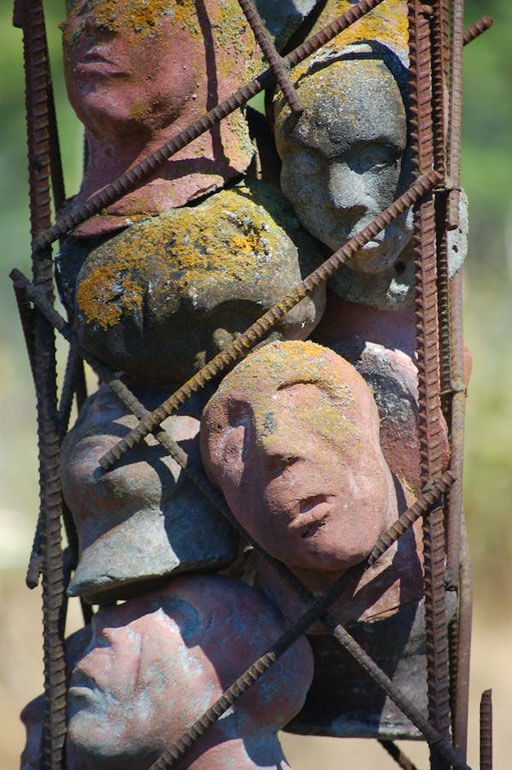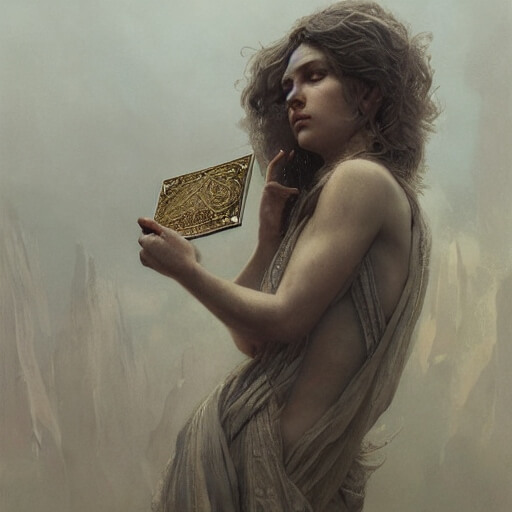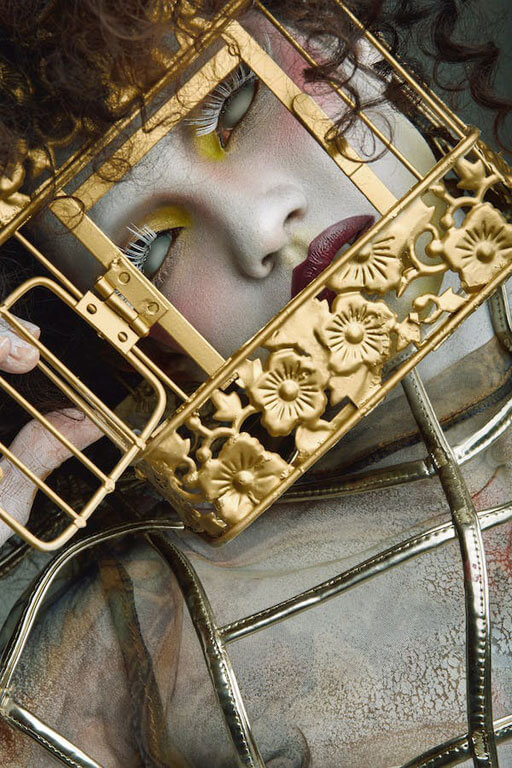The Art of Allegory
Literary Device Guide
Craft captivating stories using allegory! Explore definition, meaning, examples, why/when/how to use, tips, pitfalls & writing prompts in our Literary Device Guide.
Allegory:
Definition and MeaningAllegory, as a literary device, is the art of using symbols, characters, and events to convey a deeper meaning or message. This sophisticated technique allows writers to craft intricate tales that simultaneously entertain and educate, as they mirror our world and explore universal themes.
ALLEGORY - Definition + Examples

Examples of Allegory
To truly grasp the essence of allegory, let's turn our gaze to the greats:
- Plato's "Allegory of the Cave" is a philosophical tale that delves into the nature of reality and human perception.
- George Orwell's "Animal Farm" is a biting commentary on totalitarianism, where farm animals become symbols of political factions.
- C.S. Lewis' "The Chronicles of Narnia" series is a magical allegory of Christian themes, woven into a fantastical tapestry.
However, allegory is not confined to the classics. In the contemporary realm, Margaret Atwood's "The Handmaid's Tale" offers a chilling dystopian allegory that exposes the dangers of oppressive regimes and the subjugation of women.
Why, When, and How to Incorporate Allegory
As a writer, you might choose to employ allegory when tackling complex, controversial, or abstract concepts, as this device allows you to present your ideas with nuance, subtlety, and creativity.
To begin, consider the following steps:
- Determine the core message or theme you wish to convey.
- Develop a symbolic framework (characters, setting, events) to represent your chosen theme.
- Craft a compelling narrative that intertwines the literal story with the underlying allegorical message.
Avoid the traps of these allegory pitfalls
As with any craft, allegory has its pitfalls. Heed these words of caution:
- Don't be too heavy-handed. Remember, allegory relies on subtlety. Resist the temptation to spell everything out for your reader.
- Avoid clichés. Seek out original symbols and metaphors that challenge and captivate your audience.
- Ensure your allegory doesn't overshadow the narrative. Strive for a balance between the story's literal and symbolic aspects.
Writing Allegory Tips
To master the art of allegory, keep these tips in mind:
- Be patient: Crafting a nuanced allegory takes time and thought. Don't rush the process.
- Revise, revise, revise: As your narrative unfolds, ensure your allegorical elements remain consistent and coherent.
- Read widely: Expose yourself to a diverse range of allegorical works to learn from the masters and spark your creativity.
The art of allegory is a tantalizing and powerful tool for any writer who dares to embrace its potential. By weaving symbolic threads through your narrative, you can craft stories that enchant, provoke, and enlighten. Venture forth into the allegorical abyss, and may your pen transform the mundane into the magical.
Creative Writing Exercises to Master the Art of Allegory
Allegory Writing Prompts
Choose an iconic allegorical work (e.g., "Animal Farm" or "The Pilgrim's Progress") and dissect its core elements. Identify the symbols, characters, and events that convey the underlying message. Now, use this blueprint to craft your own allegory, with a unique theme and narrative.
Weave an allegorical tale inspired by your own life experiences. Consider the events, emotions, and relationships that have shaped you, and translate these into symbolic characters and situations. What metaphorical landscape would best represent your journey?
Select a well-known fable or piece of folklore and reimagine it as a contemporary allegory. Update the setting, characters, and themes to reflect modern-day issues and concerns. How would Aesop's "The Tortoise and the Hare" unfold in today's fast-paced, technology-driven world?
Choose an abstract concept or emotion (e.g., love, envy, freedom) and create an allegory that explores its various facets. Develop a symbolic narrative that delves into the complexities of your chosen theme, giving it tangible form through your characters and events.
Browse through current news headlines and select a story or issue that resonates with you. Craft an allegorical tale inspired by this real-world event, transforming the factual narrative into a symbolic exploration of universal themes.
Find a compelling piece of art or photograph and use it as a springboard for your allegory. Examine the image, considering the emotions, themes, and stories it evokes. Create a narrative that captures the essence of the visual, weaving in allegorical elements to enhance its depth and meaning.
Combine two or more allegorical works (e.g., "The Wizard of Oz" and "The Matrix") to create a hybrid narrative that blends their themes, characters, and settings. Experiment with unexpected pairings and discover the hidden connections that reveal new layers of meaning.
These creative writing exercises will set you on the path to allegorical mastery. By pushing the boundaries of your imagination and delving into the symbolic realm, you will not only sharpen your allegorical skills but also discover the boundless potential of your own storytelling prowess. Embrace the challenge and let your pen reveal the hidden truths that lie within the allegorical abyss.


See Also
- Poetic Forms Glossary
- Poem: An Allegory by Charles Baudelaire
- Literary Device Guide: Alliteration


